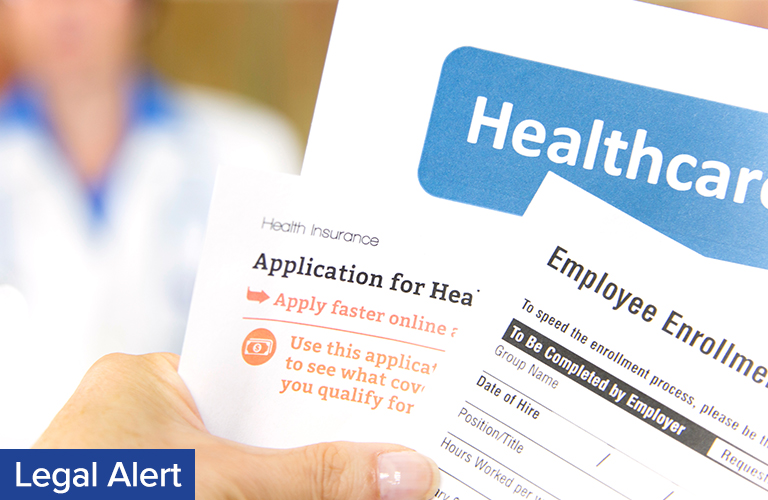
On October 12, 2017, President Trump signed an Executive Order which directed the Department of Labor, the Department of Treasury, and the Department of Health and Human Services (“Agencies”) to consider regulations or guidance that would expand the use of health reimbursement arrangements (“HRAs”), including the use of HRAs with individual health insurance coverage.
The Agencies have released the text of the proposed regulations that are designed to accomplish this goal.
As background, an HRA is an account-based, employer-funded group health plan that provides reimbursements of medical expenses. If properly structured, reimbursements from HRAs are excludable from employees’ income and payroll taxes, as well as the employer’s share of payroll taxes. After the Affordable Care Act (“ACA”) was passed in 2010, HRAs were generally required to be integrated with an employer’s group health plan to maintain compliance with the ACA.
The regulations would make two significant changes to HRAs: (1) they would permit HRAs to be integrated with individual health coverage (“Integrated HRAs”); and (2) they would expand the definition of “excepted benefits” (that is, benefits not subject to many of the ACA’s requirements) to include certain HRAs.
HRA Integration With Individual Coverage
Under the proposal, employers could offer an Integrated HRA as long as the HRA required participants to be enrolled in individual health insurance coverage and substantiated compliance with this requirement. This substantiation must occur not only upon enrollment in the HRA, but also prior to the participant receiving reimbursements from the HRA. If in any month an individual is no longer covered by an individual policy, the Integrated HRA coverage must cease.
To prevent employers from steering employees to the individual market, employers would not be permitted to offer the same class of employees both traditional group health plan coverage and an integrated HRA. Furthermore, all individuals in a “class” of employees must be offered the HRA on the same terms. Proposed examples of “classes” of employees include full-time employees, part-time employees, and collectively bargained employees.
The Agencies also included proposed rules to determine whether the Integrated HRA is “affordable” and provides “minimum value” for purposes of eligibility for the ACA’s premium tax credit. As a reminder, coverage being affordable and providing minimum value is also relevant for purposes of determining whether large employers may be subject to the ACA’s shared responsibility payments (which are also addressed in the proposed regulations).
Excepted Benefit HRAs
The proposed regulations also provide an alternative to Integrated HRAs. Employers would be able to provide an excepted benefit HRA as long as it met the following four requirements:
- Participants who are offered this type of HRA must also be offered other traditional group health plan coverage;
- Benefits must be limited to $1,800 per year, adjusted for inflation;
- The HRA cannot provide reimbursement for premiums for individual or group health coverage, or for Medicare Parts B or D; and
- The HRA must be made available under the same terms to all similarly situated individuals.
If you have any questions or concerns on how these issues may impact your business practices or have any other questions please contact your ERISA Counsel at Smith, Gambrell & Russell, LLP.

